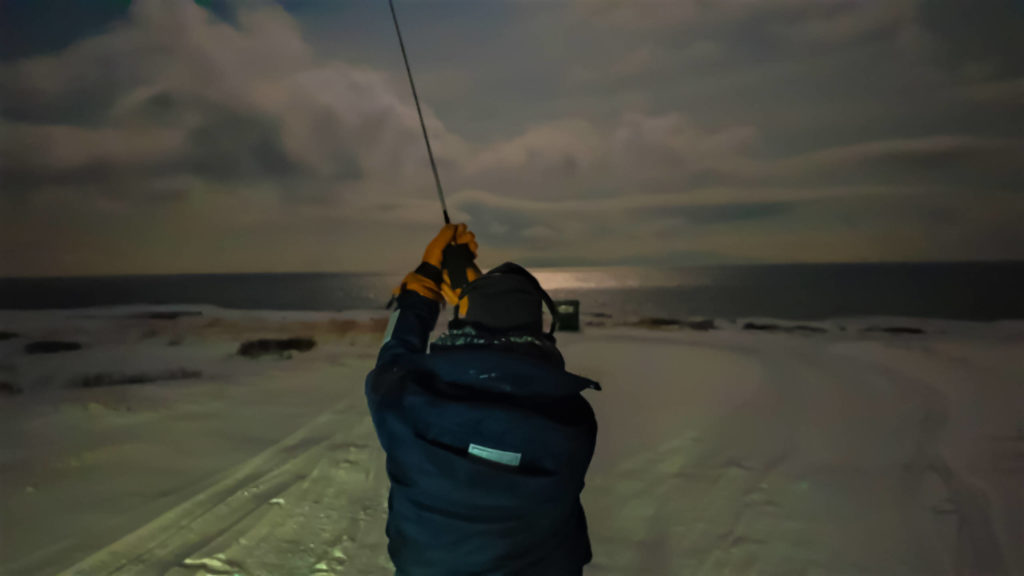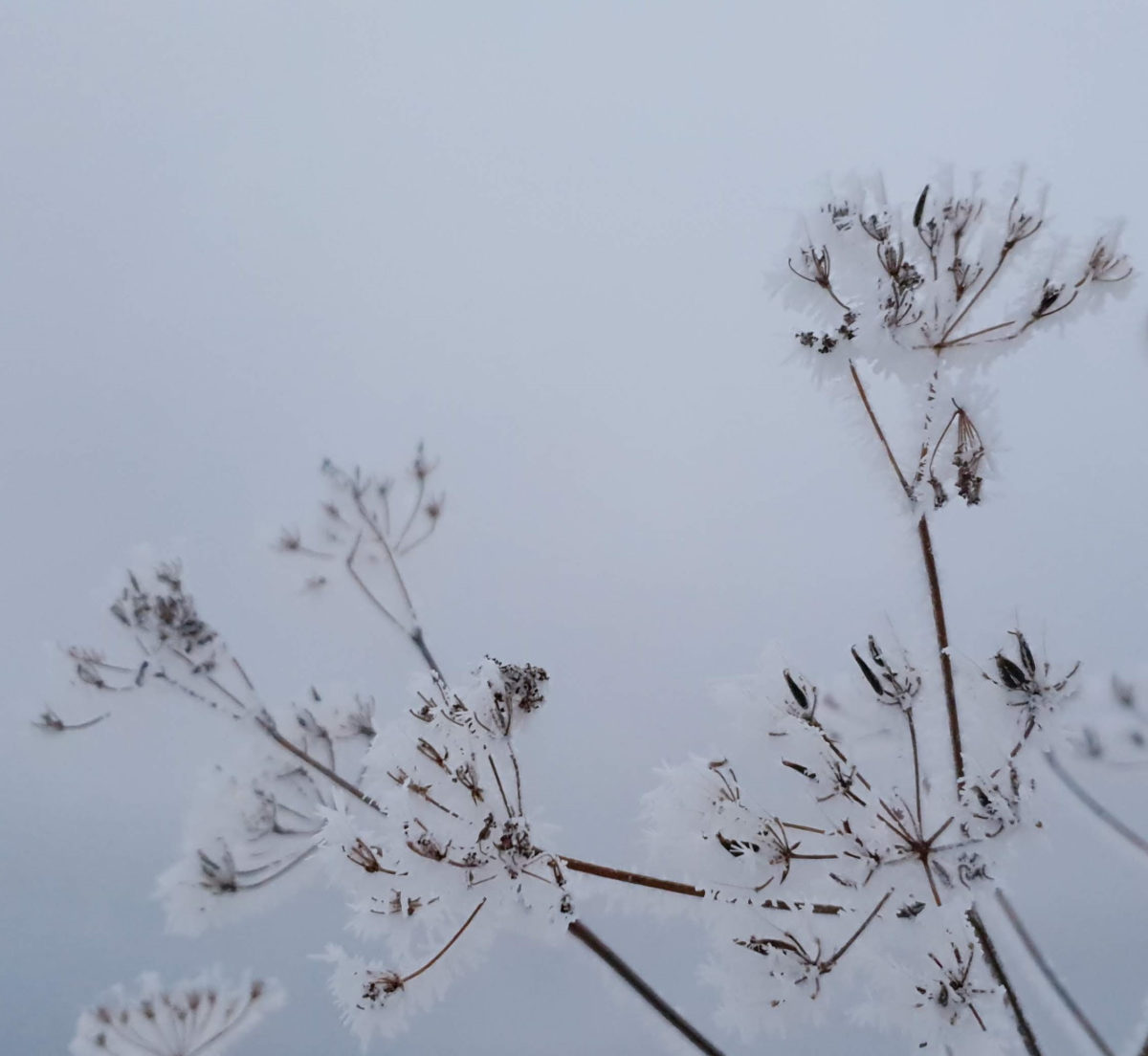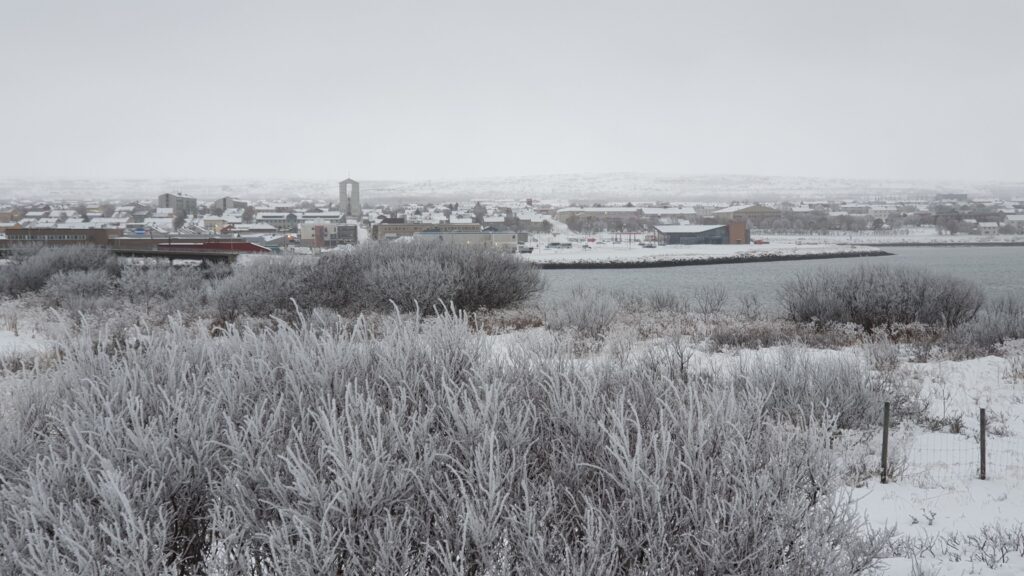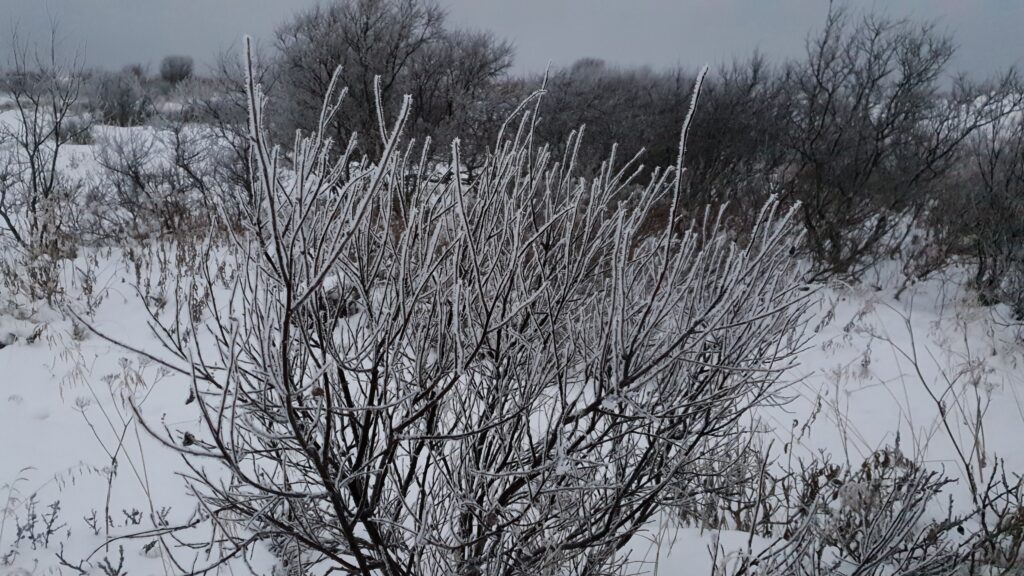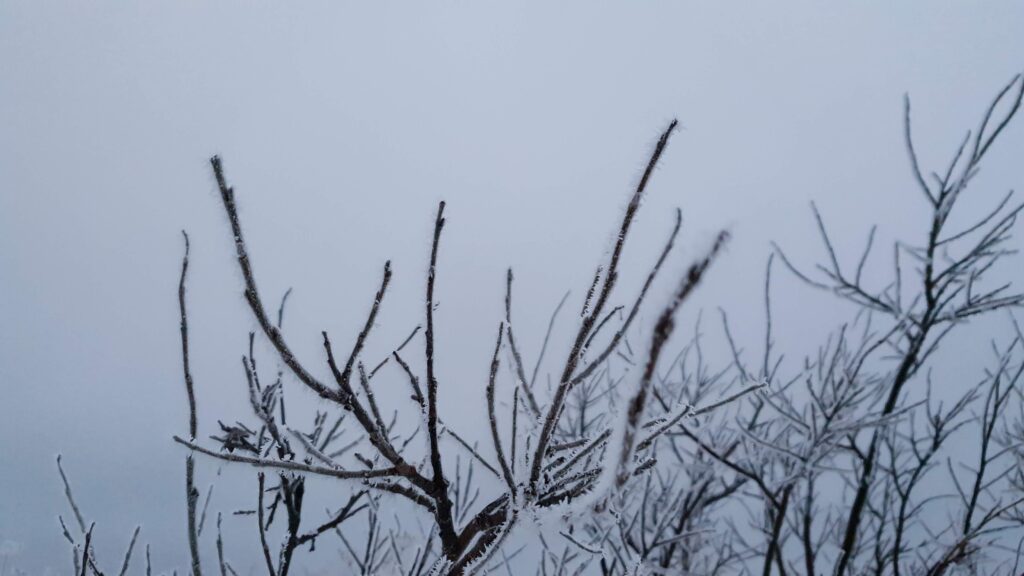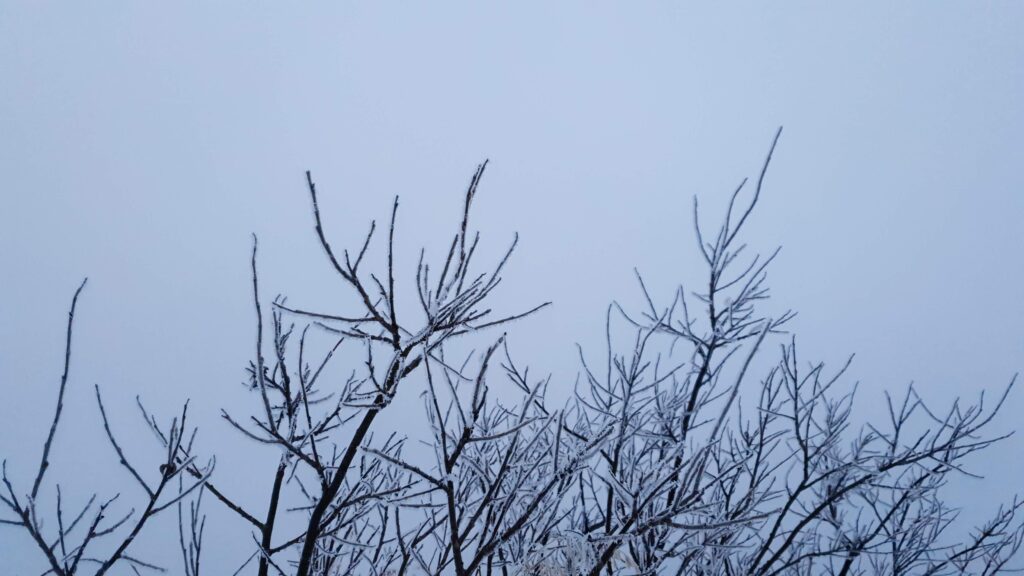Wondering why an article about the Northern Lights? Especially now that, where you are probably reading this article, it’s the middle of summer, with hot temperatures, just right to go for a swim! However – especially if you have been dreaming about seeing the beautiful Aurora – now it’s about time to plan your trip for the coming winter… to the Great North! But where? When? How long? Where is the best place on Earth to see the Northern Lights? I’ll try answering these questions in this article, so keep on reading!
The Northern Lights are a natural phenomenon, and their physical occurrence cannot be guaranteed 100% in a certain place at a certain time. However, with a bit of planning and with the right knowledge, the chances of seeing the Aurora can be increased considerably! We will not discuss here what the Aurora is, I will just tell you what you need to take into account when planning your Northern Lights winter holiday.
Where is the best place on Earth to see the Northern Lights?
The short answer: anywhere where Auroras occur easily, even when the conditions necessary for Auroras to occur, are at a minimum. This place is in fact a “belt”, which encircles Earth’s magnetic North Pole, known as the Kp=0 Auroral Oval. Kp is a measurement, used for quantifying the necessary conditions for Auroras to occur. When Kp is 0, it means that there is very little activity. But, despite this, on this “belt”, Auroras do occur rather easy, and are perfectly visible. This Kp=0 Auroral Oval has a very precise location and people traveling to places on this belt have great chances to see the magnificent dancing lights.
Incidentally, this Kp=0 Auroral Oval passes right through Vadsø in Norway, where Aurora Labs is located! This is thus a great place to choose as destination, if you’d like to have a good chance of seeing the Aurora! This is one of the main reasons why I chose Vadsø as the location where to create Aurora Labs! But there are many other reasons – continue to read to find them out!
Weather
Another important point to consider is weather. Clouds can cover the sky entirely, hiding the magical Lights! So you will need a clear sky in order to see the overwhelming Light display. Weather is completely unpredictable, especially when you probably buy your ticket to the Arctic months before your actual travel date.
So, when your travel date comes, you will have to accept the weather “as is”. Here in Vadsø the weather changes quite rapidly: if now you have a heavy, cloudy sky, in just a matter of minutes, you can have a sky clearing, which will actually let you see the Northern Lights, in all their beauty!
The best is to have someone who can predict, on the spot, what weather will be in the coming hour, and where and when a sky clearing might occur. I do just that, so don’t hesitate and book a Hunt the Aurora activity with me, right now! In addition, I interpret the Auroral forecasts as well, and maximize even more the chances of you seeing the beautiful Aurora.
In addition, why not combine seeing the Northern Lights with hearing them or learning about them? At Aurora Labs I do that as well! I even teach you how to predict weather on the spot, too, if you would like to forecast weather yourself!
Coldness
One more important thing about weather is coldness. The Arctic is well known for being a cold region! But can you handle all that coldness during your whole trip to the North? Vadsø is special concerning this point, as well! Being right on the coast of the Varanger Fjord, which opens in the Barents Sea, thus taking advantage of the warm ocean stream, Vadsø is actually warmer than many other places in the Arctic, and this even in the nearby region! Take a look at this temperature map (taken by myself on my phone, on a random date – 28 January 2020):

Due to the warm ocean stream, temperatures on the coast are warmer. So, when not hunting the Aurora, you can enjoy other activities easier, in milder temperatures, which makes them much more pleasant, especially if you’re not used to extreme cold.
You might argue now: yes, but warmer temperatures bring more clouds. That’s true, you have a point there. But just look how close Vadsø is to much colder areas! In a matter of minutes, we can get to a place where there are 20, or even more degrees less, and where clouds are probably less likely to be present! One more point for Vadsø there!
See and Do More
In addition, you would probably like to be able to do and see other stuff at your chosen destination, besides only spotting the Aurora! Vadsø does check this point on the list as well, as you can enjoy here lots of other Arctic activities (such as dog sledding or snowmobile trips), as well as visit extremely beautiful places, rich in history and culture, during fun road-trips! Just have a look on the Aurora Labs website and see for yourself!
…Or read this article on the blog and see the top reasons for choosing Vadsø as your next Arctic destination!
And the best if you do come to Vadsø: all of these places are well off the beaten track, far away from mass tourism! So you get to experience everything calmly, at the real Arctic rhythm and style!
If this does appeal to you, get in touch right now! I’ll be glad to help you plan and book your next trip here! And I’d be delighted to welcome you and help you discover this beautiful region!
When is the best time to experience the Aurora?
Experiencing the Aurora means, for most people, seeing it dance in the Arctic winter sky. To do this, of course, you need to come to the Arctic during the winter months, when the sky is dark. If you do choose Vadsø as your destination, you should then plan to come here between end of September and end of March. Anytime during this period, the sky is enough dark in order to permit the Northern Lights to be seen right overhead.
Northern Lights in Summer!
And because the Aurora occurs even in summer, I have found ways to experience the phenomenon even then! With me, you will be able to listen to the Northern Lights or even take a fun and informative workshop, where you can learn about this magnificent phenomenon. And the best part is that you can do these things anytime – even in summer (and now, you can even take the Aurora workshop online, anytime you’d like and from anywhere in the World!)
